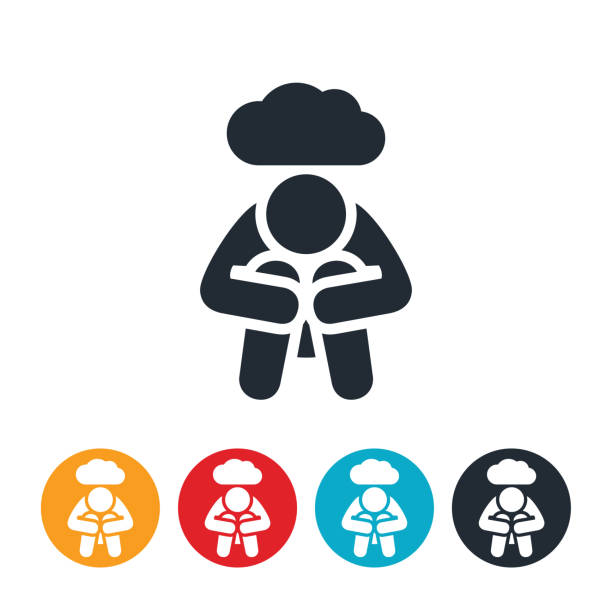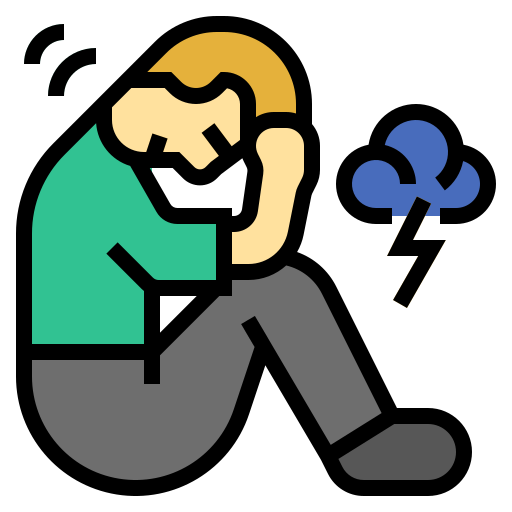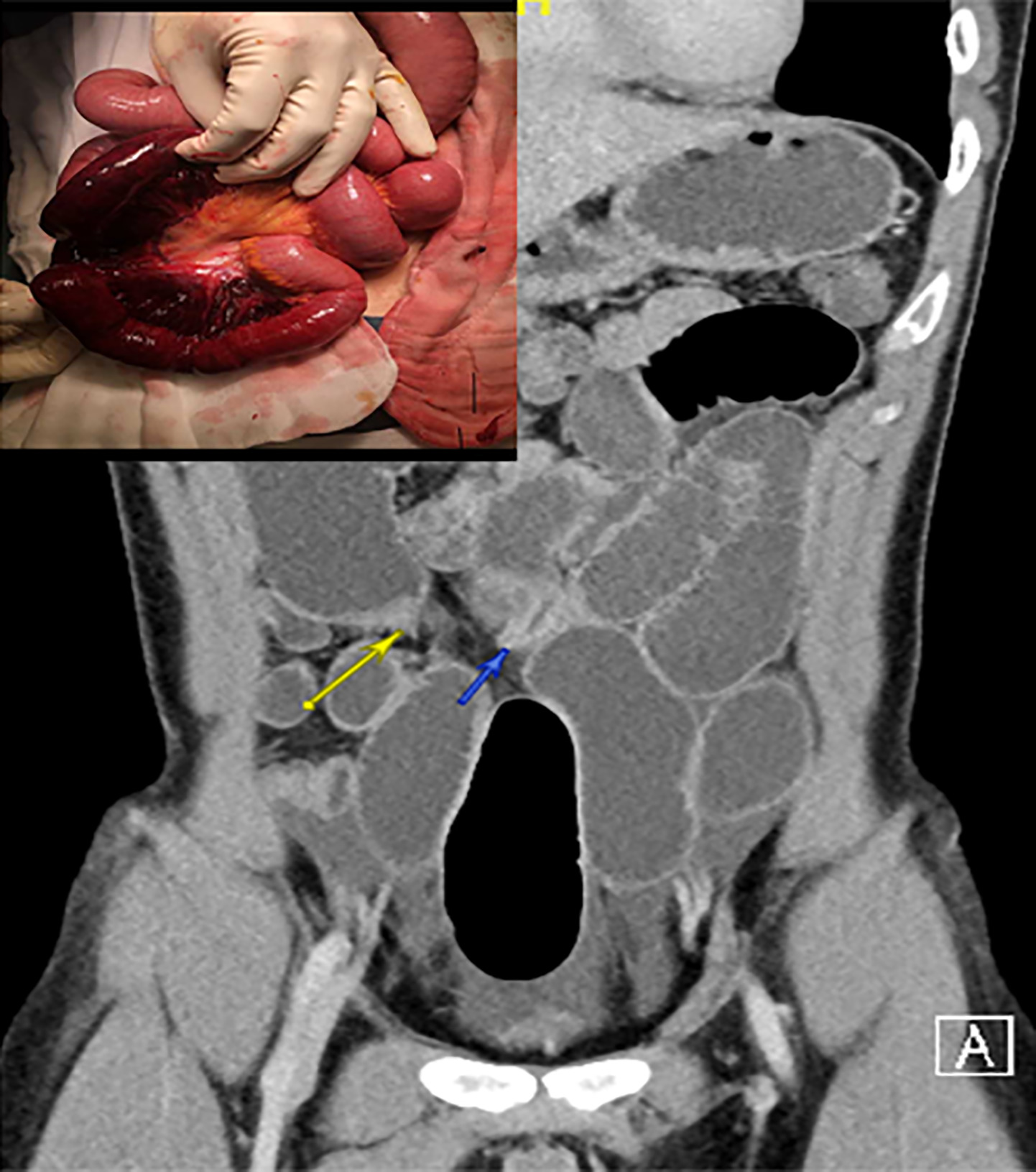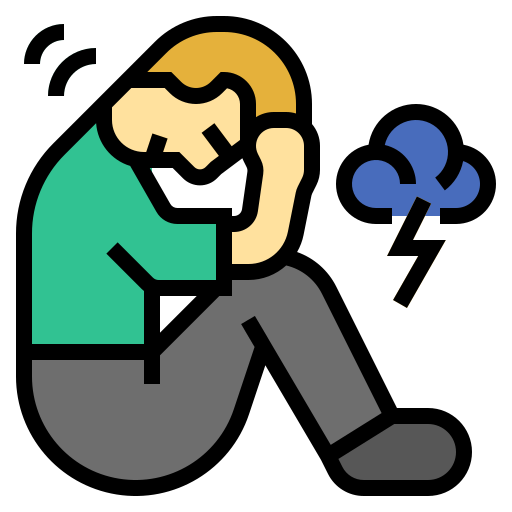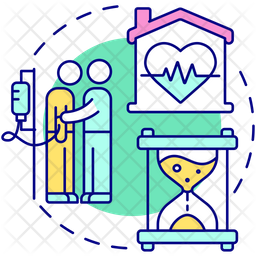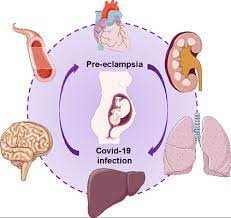- Users can learn to recognize the signs and symptoms of digoxin toxicity, such as nausea, vomiting, visual disturbances, and cardiac arrhythmias, enabling prompt and appropriate treatment.
- The simulation provides insights into the recommended treatment strategies for managing digoxin toxicity, including the use of antidotes, supportive care, and monitoring of electrolyte levels.
- Users can practice making clinical decisions in real-time scenarios, enhancing their ability to manage digoxin toxicity effectively and safely.
- The simulation aims to improve users ability to educate patients about digoxin toxicity, its symptoms, and the importance of adherence to medication regimens and regular monitoring to prevent toxicity.
imaginX is used by many amazing schools and universities
University / College

